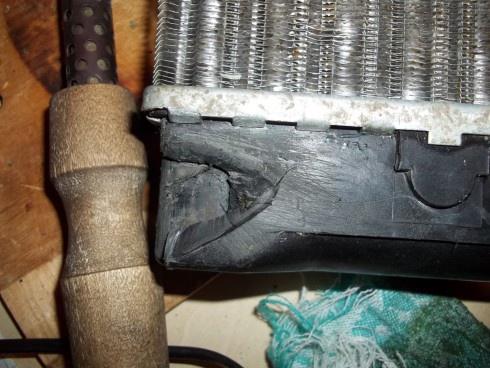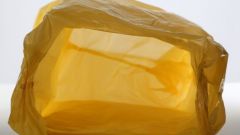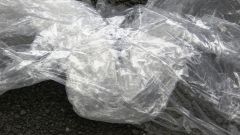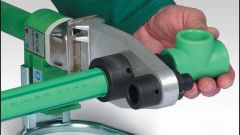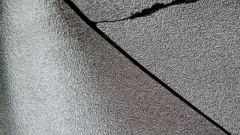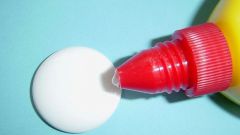Instruction
1
In order to get to work for starters find a reinforcement material. Suitable bronze mesh is not too thick (0.1-0.2 mm), non-rigid, but such that was capable of keeping its shape after deformation. Choose exactly bronze, because it is an excellent warming up, solder and does not rust, although it can also come in brass or copper mesh.
2
So, first of all you should wash the plastic, then run a sweep of all areas, containing various defects to the state of pure plastic, that is clear from the existing chips and cracks around the perimeter at a distance of approximately 5 mm from the edge. Now take the bronze mesh and cut it into strips the width of which will be about 7-10 mm.
3
Take the soldering iron, plug it in, and while it heats, take the plastic, put on it sliced a strip of mesh so that it overlaps the crack from all sides, and press them to each other by soldering. In the same way probajte all the seams.
4
Please note that you must start from the front side. If the plastic is thin, the reverse side is likely to show through the ground, it lightly smoothen with the help of soldering iron. If you work with thick plastic, it is possible to solder from the back side. At the seams, make holes, and do not leave the lumps, they are then easier to remove (for example, using putty).
5
The advantages of this way of working with plastic is that the parts can make the original look even on both sides. Besides, everything happens quite quickly, that is a lot of time this procedure will not take you.
6
If you decide to use resin or adhesive, pre-test to the "fatness" of the material, this drip water on the plastic. If the drop spreads, it is possible to use without processing, but if the drop retains the form, or have to grind off or to degrease (for example, alcohol, gasoline, solvent).
Not to experiment with adhesives, use a proven glue for all plastics "Plast spezial" from UHU.
Not to experiment with adhesives, use a proven glue for all plastics "Plast spezial" from UHU.
Useful advice
When soldering plastics work only in areas with good ventilation as the fumes can harm your health.
